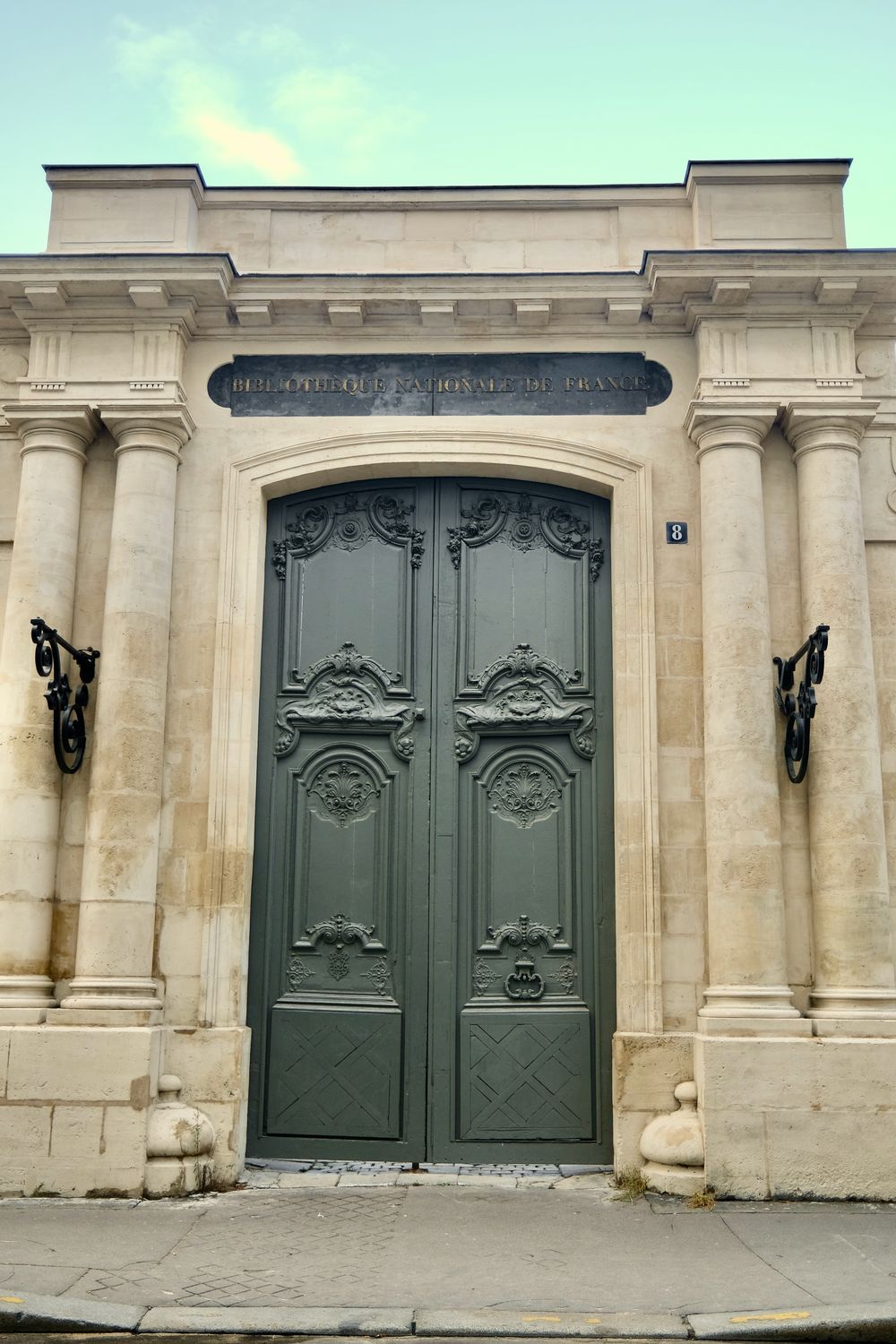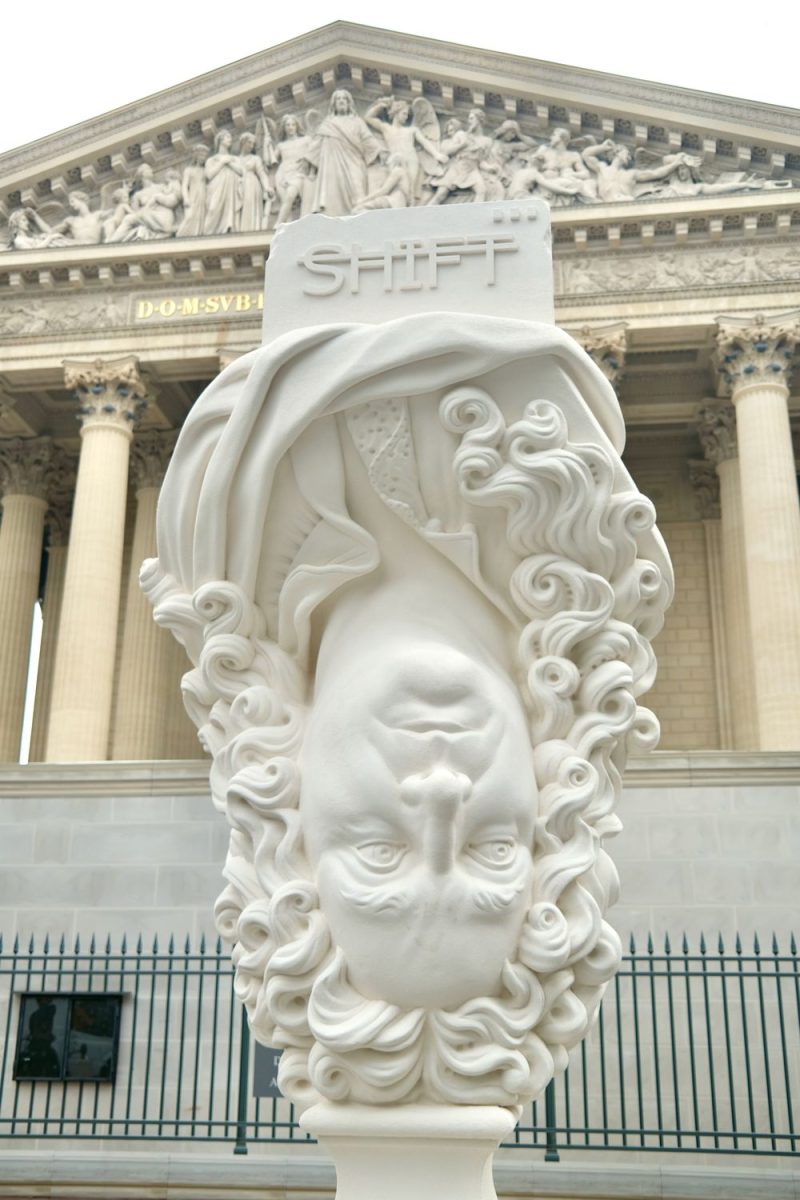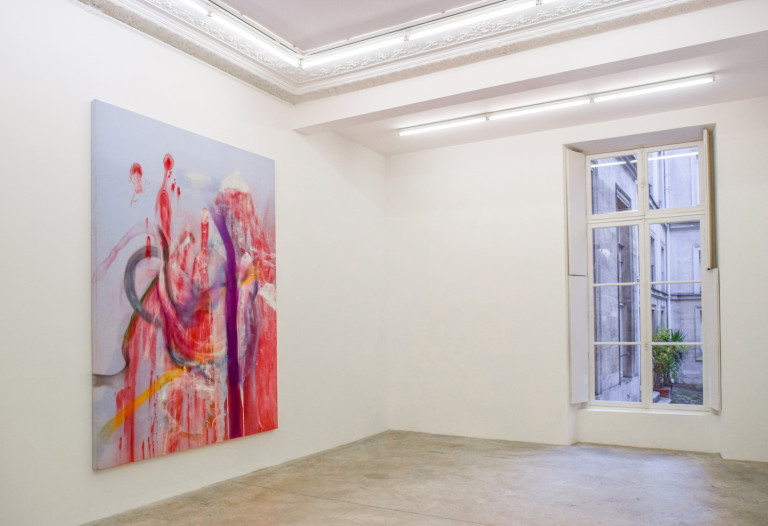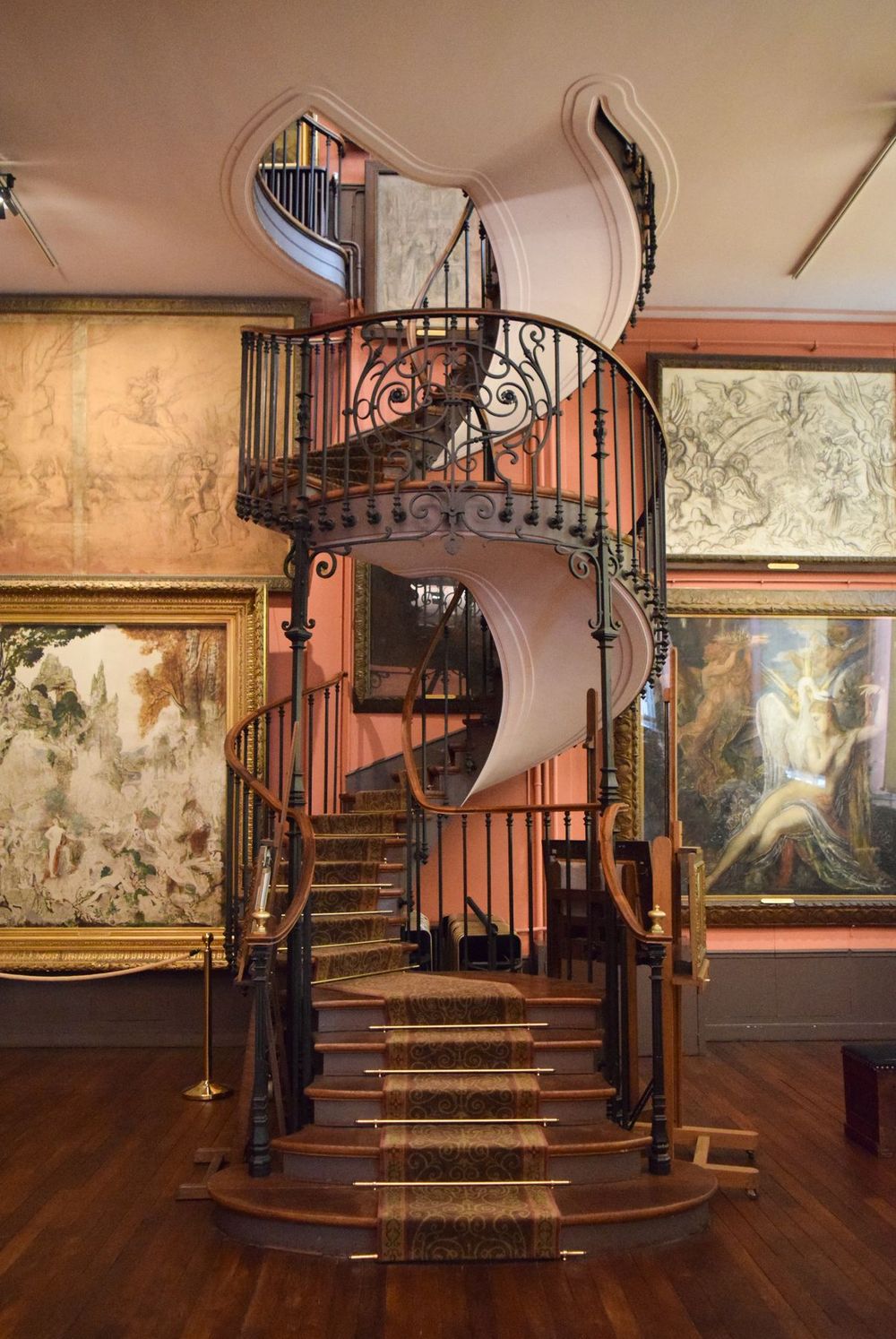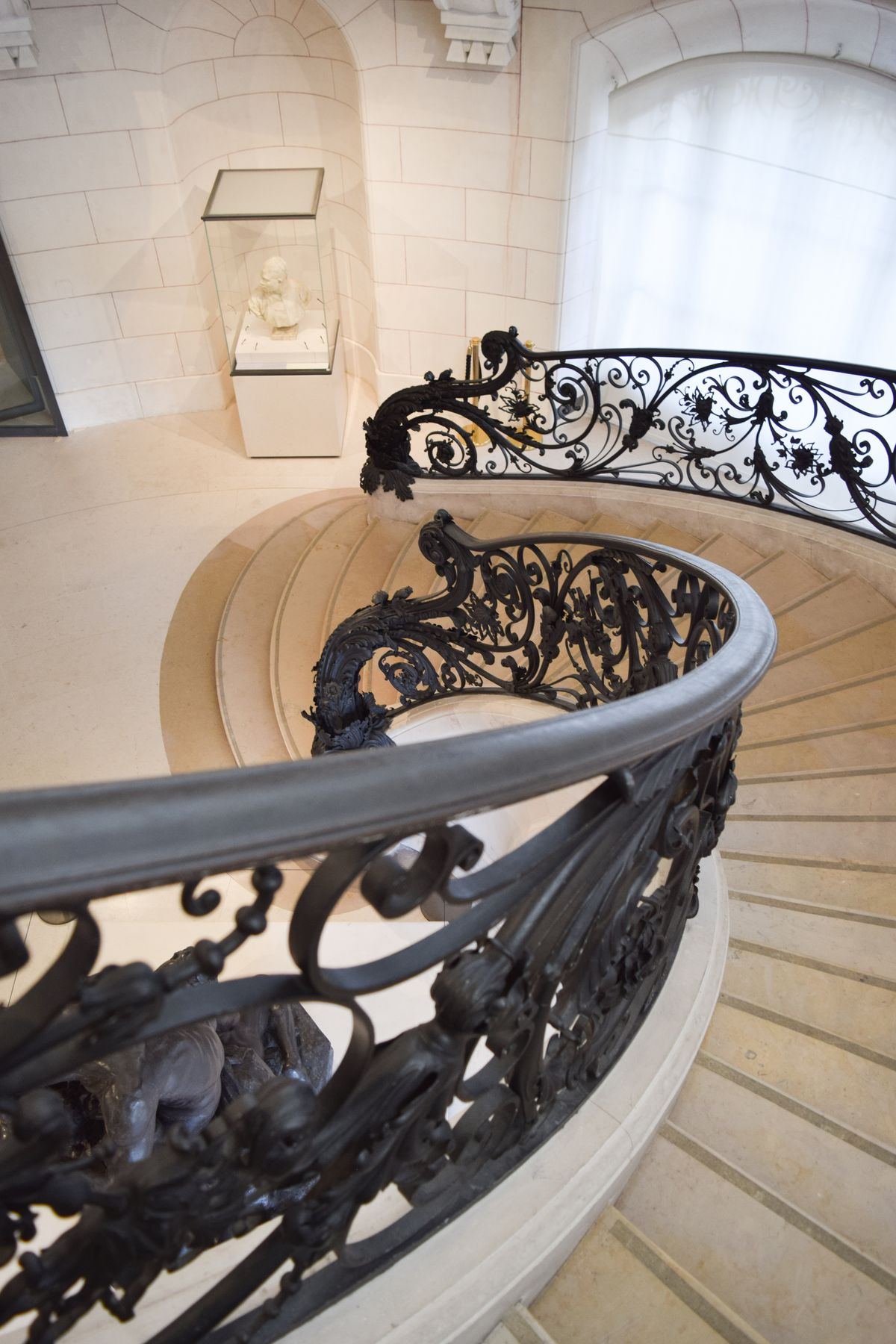History of the Bibliothèque National de France (French National Library)
Culture Travel may earn a commission through links on this website. As an Amazon Associate, we earn from qualifying purchases.
The Bibliothèque Nationale de France (BnF), or National Library of France, has a rich history that dates back to the 14th century.
The library was established in 1368 by King Charles V, who began collecting books to create a royal library. This collection was initially housed in the Louvre Palace.
Over the centuries, the library grew significantly, especially during the reign of Louis XIV, who expanded the collection and moved it to the newly constructed Palais-Royal in the 17th century.
In the 18th century, the library began to open its doors to the public, allowing scholars and the general public to access its vast resources.
The French Revolution in 1789 led to significant changes, including the nationalization of the library. It was renamed the Bibliothèque Nationale and became a repository for works published in France.
The library continued to expand its collections and facilities throughout the 19th century. In 1868, it moved to a new building designed by architect Henri Labrouste, known for its stunning reading rooms.
In the late 20th century, the BnF underwent a major transformation by constructing the new François Mitterrand site, inaugurated in 1996. This modern complex features four towering glass buildings and houses millions of documents.
In recent years, the BnF has embraced digital technology, digitizing a significant portion of its collections to make them accessible online, thus expanding its reach and preserving its materials for future generations.
Today, the Bibliothèque Nationale de France is one of the largest and most important libraries in the world. It holds millions of books, manuscripts, maps, prints, and other documents and serves as a vital resource for researchers, scholars, and the public.
